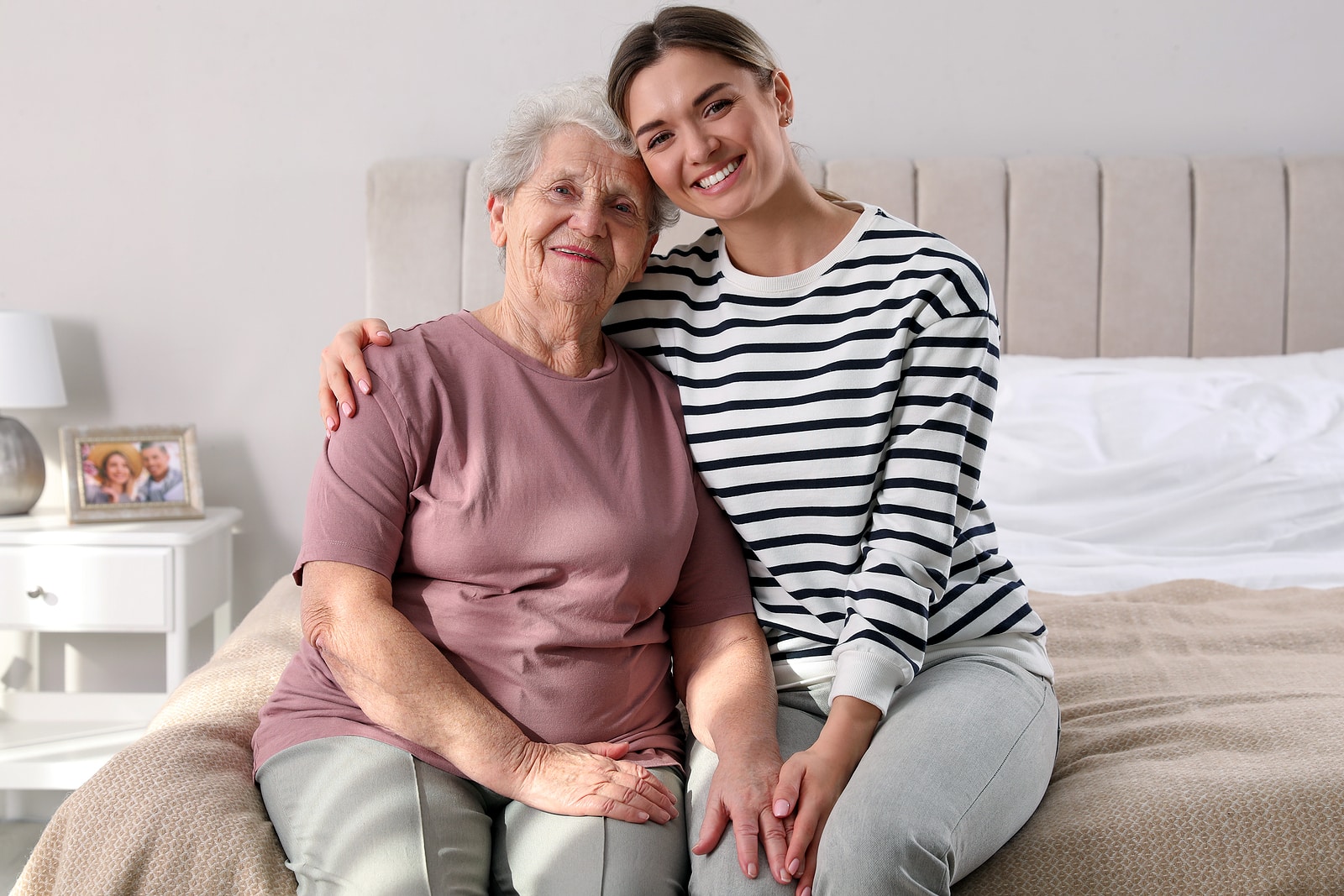People of all ages can get blood clots. However, seniors are more likely to get these possibly life-threatening conditions. It’s important for seniors, loved ones, and the companion care at home team to know what blood clots look like, how to treat them, and how to avoid getting them. Continue reading to learn more.
What Are Blood Clots?
A blood clot is a gel-like mass of blood that forms when the body seals off a broken blood vessel to heal itself. Clotting is an important part of how the body heals itself. But clots can be dangerous when they form in the veins or arteries in a way that isn’t normal.
Blood Clot Signs
Seniors and their companion care at home team should watch out for these signs of a blood clot:
- Swelling: One of the most common signs of a blood clot is swelling that can’t be explained, especially in the legs or arms. It is especially important to pay attention to swelling that comes on quickly and doesn’t go away.
- Pain: Blood clots often make the area they’re in hurt or feel tender. The pain could be a cramp or an ache that won’t go away.
- Redness or Discoloration: Skin that is red, blue, or purple could mean that there is a clot. It’s possible that this discoloration will feel warm to the touch.
- Breathing Issues: Blood clots in the lungs can cause breathing issues, as well as chest pain and a fast heart rate. If the companion care at home team notices these signs, it’s essential to get medical help right away.
Treating Blood Clots
Blood clots need to be diagnosed by a medical professional. They will assess the situation and create a care plan that is specific to the needs of the older person. Some possible treatments are as follows:
- Anticoagulants: To stop blood clots from forming and to let the body easily break up an existing clot, blood thinners like warfarin or newer oral anticoagulants (NOACs) are often prescribed.
- Thrombolytic Medications: In serious cases, especially if the clot is a major threat to the patient’s life, thrombolytic drugs may be given to break up the clot quickly.
- Compression Clothing: It might be suggested that seniors wear compression stockings to keep blood clots from forming in their legs. The companion care at home team can ensure the ones they choose fit them as they should.
- Surgery: Surgical intervention may be needed to remove or bypass a blood clot in some cases, especially when the clot is big or dangerous.
Seniors are at high risk for blood clots, but the risks can be greatly lessened by raising awareness, finding them early, and taking other precautions. Seniors, their loved ones, and their companion care at home team should be mindful of signs and get medical help right away to ensure seniors have the support they need. Older people can live a healthier and safer life by being responsible and using these safety tips.


